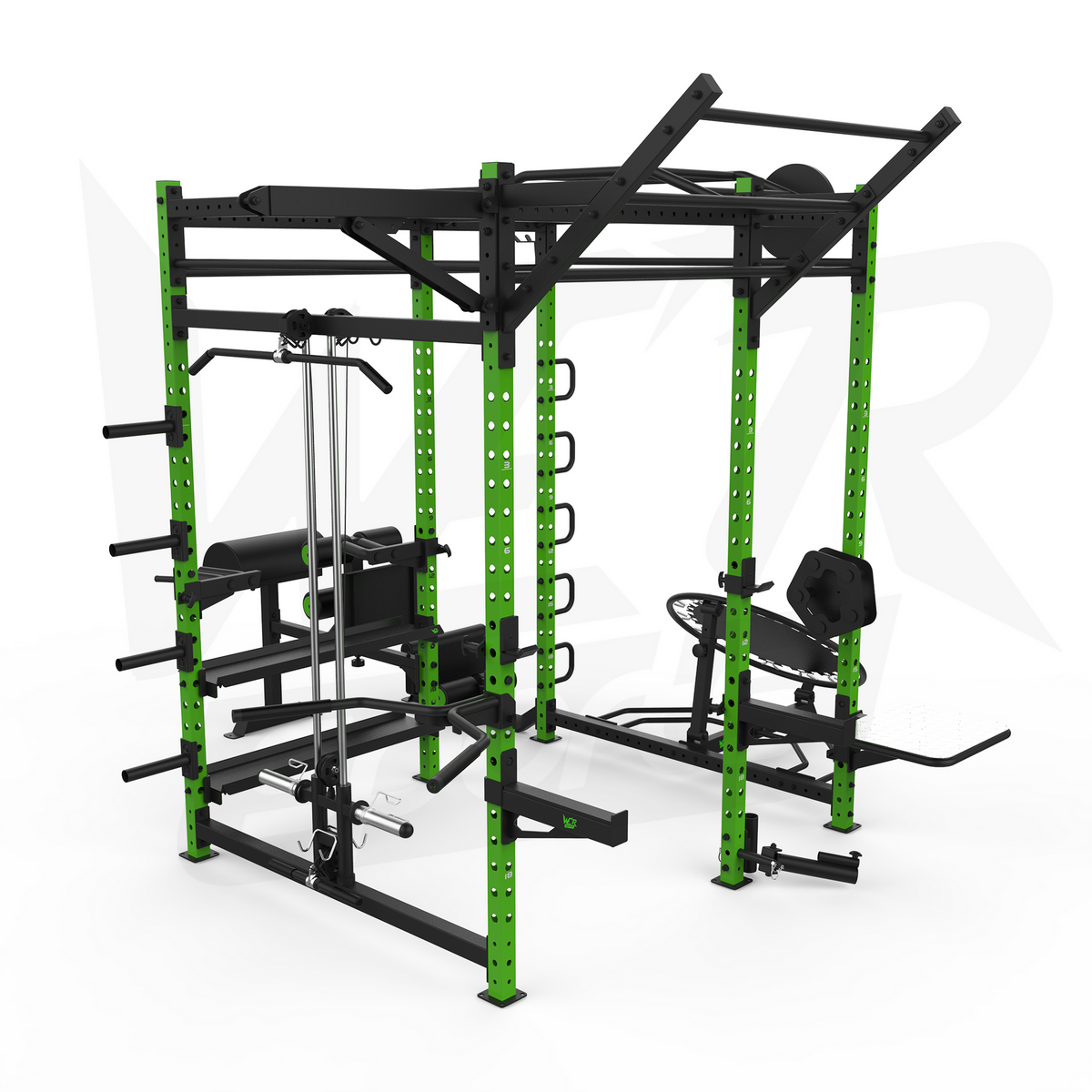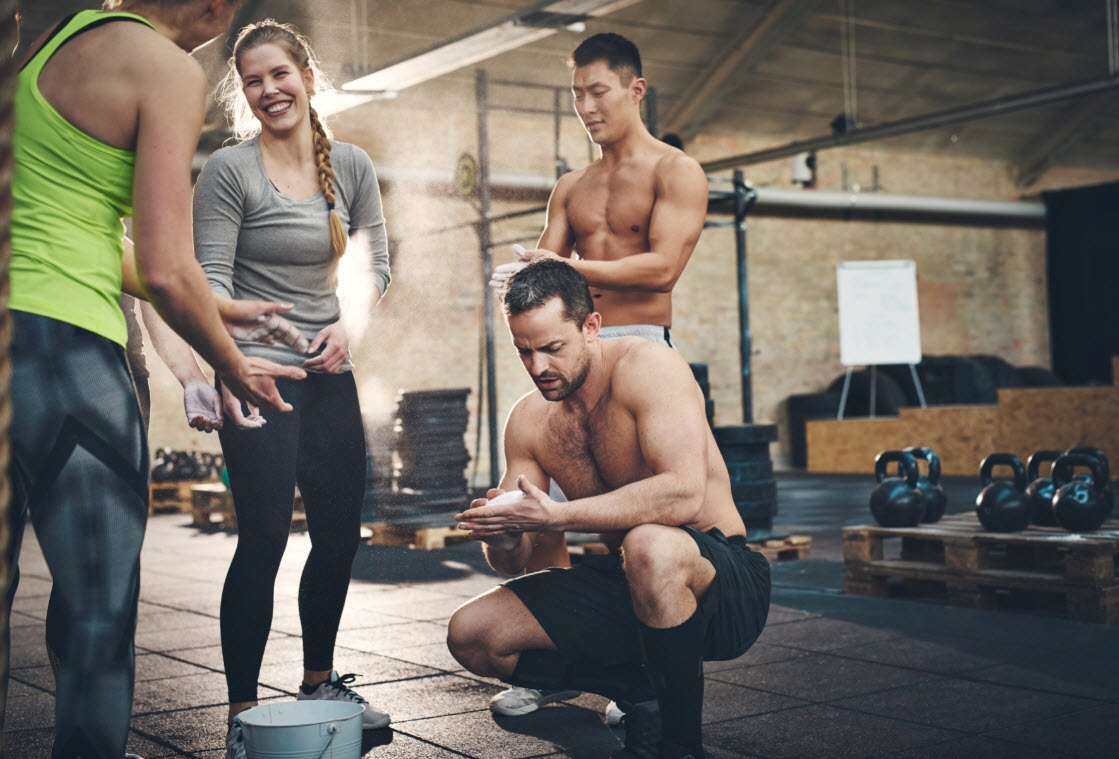A Beginner's Guide to Buying Weight Plates

Do you want to start weightlifting but don't know how to select the right plates? It can be tough because there are so many types, materials and sellers!
Fortunately, this guide will offer an overview of essential information as well as offer helpful advice on making a wise purchase.
If you're unsure which weight plates suit your needs best, then look no further than here for starting off on the right foot.
Overview Of Weightlifting And Significance Of Weight Plates
Weightlifting is a powerful method of staying fit, building up strength and sculpting your body. With minimal equipment required, this type of exercise can be done from the comfort of home or at the gym.
Weight plates are an essential part of any weightlifting regime as they provide resistance when used with barbells or dumbbells - making workouts more challenging and intense.
It's critical to select these carefully so it's important to take into consideration factors such as size, material and budget before investing in them!
Benefits Of Using Weight Plates
Incorporating weight plates into your workout regimen can provide a multitude of advantages.
You'll be able to strengthen and define your body, as well as increase the intensity of any exercise you perform!
Whether it's fundamental movements such as squats or presses, or even more advanced Olympic lifts--weight plates are incredibly versatile and offer tremendous potential for physical development.
They can be used with barbells, dumbbells and other pieces of equipment like kettlebells and cable machines for more complex exercises.
Weight plates have different load capabilities depending on the size and material of the plate so you can increase the intensity of your workouts as you become stronger.
With the right weight plate combination, you can customise your workout routine to match your goals and take it up a notch.
Related: Training Tips for Maximising Your Workouts with Weight Plates
Types of Weight Plates
Weight plates come in a variety of sizes, materials and weights to suit every budget. Let's take a look at the most common types on sale.
Standard-sized cast iron plates
Standard-sized cast iron plates are the most common type as they are inexpensive and provide good stability. Standard-sized cast iron grip plates let you hold on securely to the weight when lifting.
Urethane bumper plates
Urethane bumper plates are quieter when dropped and last longer than rubber varieties.
Rubber grip plates
Rubber grip plates provide more traction so they don’t slide around as much when lifted.
Olympic-sized iron plates
Olympic-sized iron plates feature a larger diameter that fits Olympic bars better than standard ones.
12-sided plates
12-sided plates offer greater stability during lifts while 6-shooter plates can easily be stored or moved around with handles moulded into each side.
Change plates
Change plates allow you to add small increments of weights between reps accurately. Fractional plates can be used to tighten muscles as you lift or stretch them out.
Studio plates
Studio plates are thinner and smaller, reducing clanking noise.
Wagon wheel plates
Wagon wheels are two round pieces connected by spokes for a unique design with an aesthetically pleasing look.
Rubber bumper plates
Rubber bumper plates are impact-resistant for safer lifting and offer more cushioning than other types of plate.
Crumb bumper plates
Crumb bumper plates are rubber with tiny particles inside for added durability, while technique bumper plates have thicker edges to aid with form during Olympic lifts.
Competition bumper plates
Competition bumper plates look like standard ones but have higher accuracy ratings, so they’re best used by serious weightlifters.
Price and Quality Considerations
When considering the purchase of weight plates, it's important to consider both price and quality. Cheaper plates can be tempting, but they often come with a lack of stability and long-term durability.
Investing in a set of good-quality plates may cost more upfront, but they will last longer and be more comfortable and secure to use during workouts.
It's also important to consider safety when selecting the type of plate material you want - rubber bumper plates help cushion falls and protect your floor from damage, while urethane plates are quieter when dropped.
Additionally, it pays to shop around - different vendors offer different deals on weight plates so make sure to compare prices before committing to buy.
Making the Purchase: Where and How?
When looking to purchase weight plates for a weightlifting routine, it's important to make sure you choose the right ones that meet your needs. It's recommended to start with a weight that you can lift 10 to 15 times with proper form.
Olympic plates come out on top in terms of the versatility they offer, as their design makes them far more stable on the weight-lifting bar compared to standard plates. When making a purchase, make sure to consider both price and quality.
It pays to shop around - different vendors offer different deals on weight plates so make sure to compare prices before committing to buy.
Additionally, when buying online, make sure you understand the return policy in case the plates don't meet your expectations or requirements.
Online vs In-store Options
When it comes to buying weight plates for a weightlifting routine, there are plenty of options available both online and in-store.
Buying online offers more choice and convenience to shop around for the best deals - you can easily compare prices and read reviews before you make your purchase.
Shopping in-store is great if you prefer to try the items out first and have any technical questions answered by an expert.
Additionally, if convenience is key, some stores also offer free delivery services which save time and money compared to ordering online.
Maintenance and Safety Tips for Weight Plates
When using weight plates for a weightlifting routine, it's essential to maintain and use them safely.
For maintenance, firstly make sure you keep your weights clean - this can be done by wiping them down with a soft cloth after use and applying some oil onto the plates if they become rusty.
Occasionally, you can also do an initial brushing of the plates using a brass brush, which will help remove any dirt or residue.
When lifting heavy weights, always use spotters - this means having someone there who can help take the weight off you in case of any accident or injury.
It is also important to never lift more than what you know you can lift safely, as this could lead to serious injury.
By following these simple tips and practising safe lifting techniques, you should be able to get the most out of your weight plates with minimal risk.
Guidelines For Selecting, Storing And Caring For Your Plates
When purchasing weight plates for a weightlifting routine, there are certain guidelines to consider for selecting, transporting, storing and caring for your plates.
First and foremost, it is important to select the right plates based on the type of equipment you have - this includes the size, shape and specifications of the plate as well as its material.
When storing plates, unused ones should be kept away from the lifting area and well away from the barbell to minimise any contact damage.
Invest in racks or storage solutions to guarantee your plates stay safe and last longer. Not only are they perfect for keeping plates organized, but they also guard them against destruction.
Plus, when you have a well-kept weight room during the lifting session it will be much more productive!
In Summary
In summary, when starting a weightlifting routine, it is important to purchase the right weight plates for your needs.
Olympic plates are considered to be the most versatile and stable on the barbell. It is recommended to shop around for the best deals and to make sure you understand any return policies.
There are both online and in-store options available for purchasing weight plates. Lastly, it is important to maintain and use the plates safely by keeping them clean, oiled, and stored correctly and using spotters when lifting heavy weights.
With these tips in mind, you can get the most out of your weightlifting routine with minimal risk.
Now let's go lift some weights!




